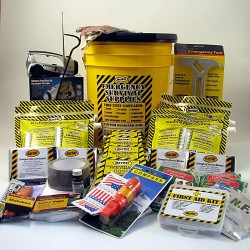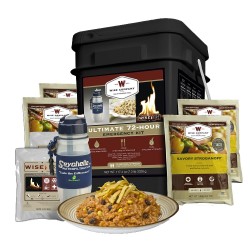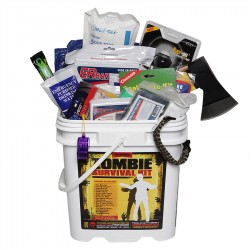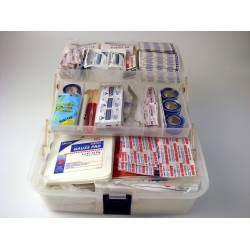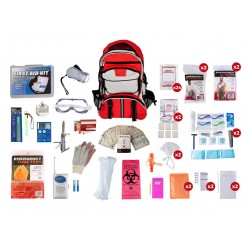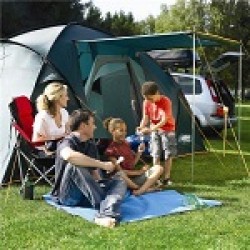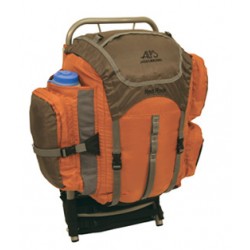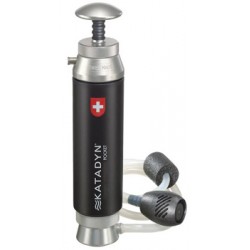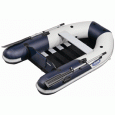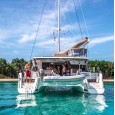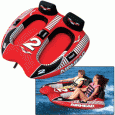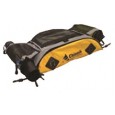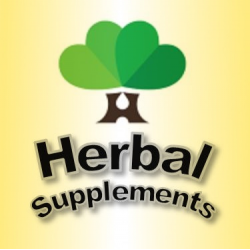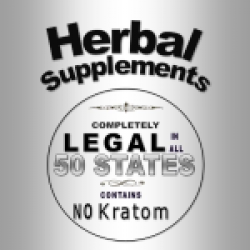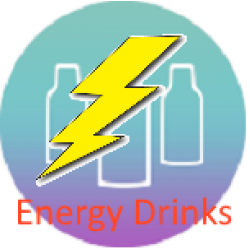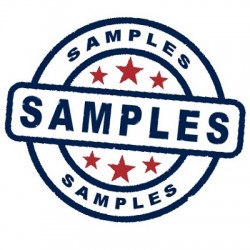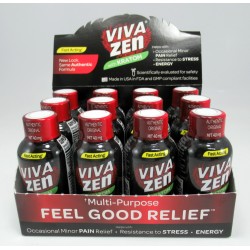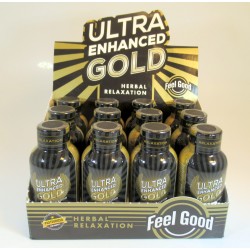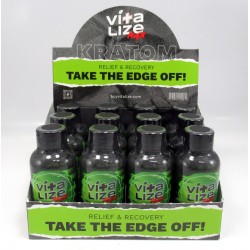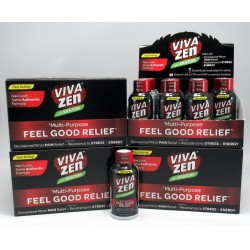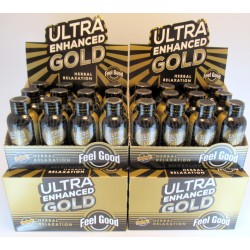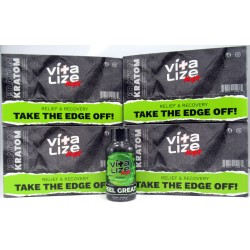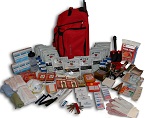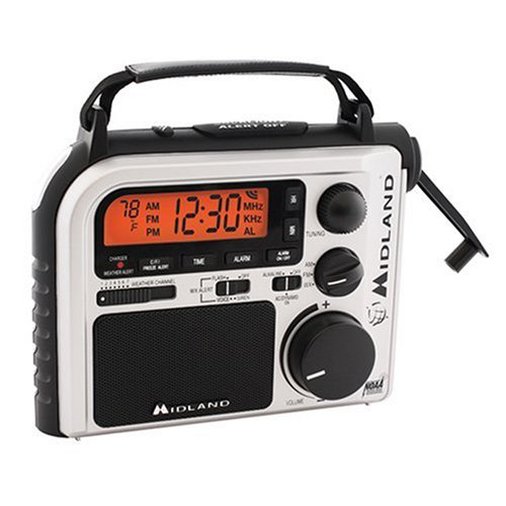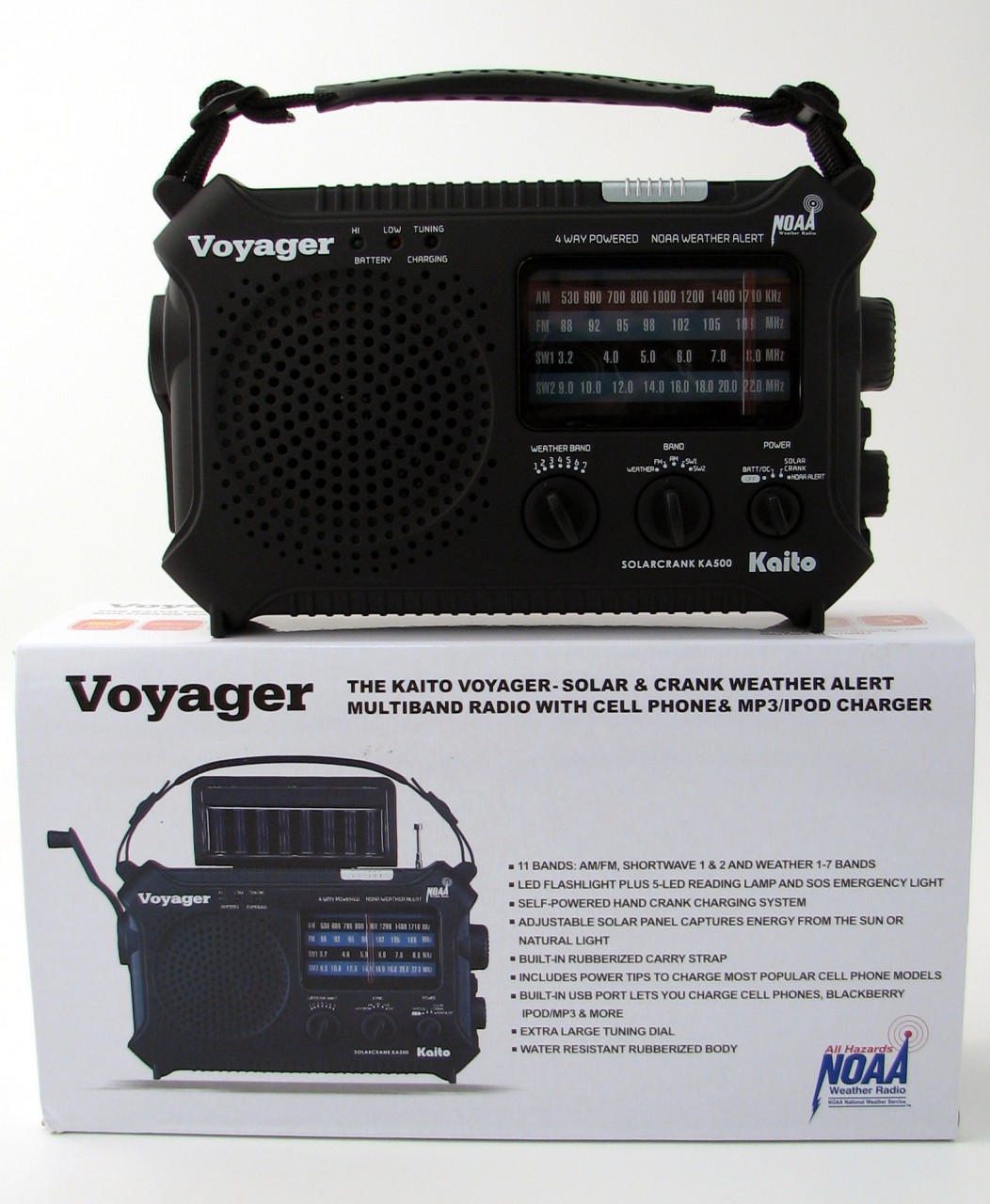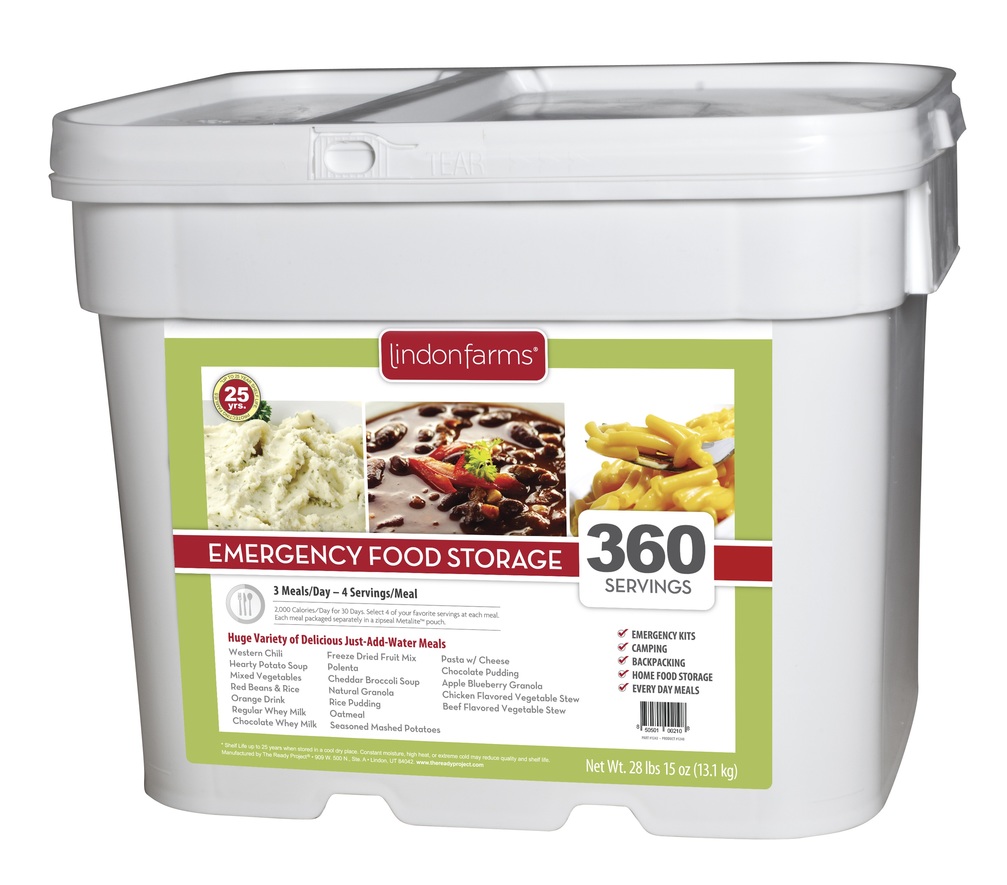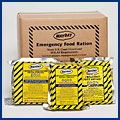Prepare Now! - FAQ
Emergencies can take many forms: Natural disasters such as flood, fire, earthquake, tornado and windstorm affect thousands of people every year. You should know what your risks are and prepare to protect yourself, your family and community. Recognizing an impending hazard and knowing what to do to protect yourself and your family will help you take effective steps to prepare beforehand and aid recovery after the event. Some of the things you can do to prepare for the unexpected, such as assembling a supply kit and developing a family emergency plan, are the same for all types of hazards.
Keep an emergency kit, food and water on hand, and be prepared for any emergency. Being prepared protects you in the same way as insurance on your home or auto - for the unexpected.
Stay informed during a disaster through emergency broadcasts. Find out what kinds of disasters, both natural and accidental, are most likely to occur in your area and how you will be notified. Methods of getting your attention vary from community to community. One common method is to broadcast via emergency radio and TV broadcasts. You might hear a special siren, or get a telephone call or emergency workers may go door-to-door. Many communities also offer emergency alert notifications through their own systems. Check with your state or local government
With emergency foods in your food storage reserve, you can be ready for just about any unexpected crisis. Imagine, for instance, what a lifesaver these foods can be when your electric power is knocked out for several days by a storm. With food products on hand and a one-burner stove or candle to heat water (cold water can be used in a pinch), you can still enjoy a hot, satisfying meal in less than 10 minutes. Having a private food reserve makes a lot of sense. Good sense for both financial and security reasons.
The more you prepare for an emergency in advance, the quicker you will be able to recover and get life back to normal. This video demonstrates preparedness in action or stresses the importance of getting prepared before a disaster strikes. Prepare Now.

When preparing for a possible emergency situation, it's best to think first about the basics of survival: fresh water, food, clean air and warmth.
Recommended Items to Include in a Basic Emergency Supply Kit:
- Water, one gallon of water per person per day for at least three days, for drinking and sanitation
- Food, at least a three-day supply of non-perishable food
- Battery-powered or hand crank radio and a NOAA Weather Radio with tone alert and extra batteries for both
- Flashlight and extra batteries
- First aid kit
- Whistle to signal for help
- Dust mask, to help filter contaminated air and plastic sheeting and duct tape to shelter-in-place
- Moist towelettes, garbage bags and plastic ties for personal sanitation
- Wrench or pliers to turn off utilities
- Can opener for food (if kit contains canned food)
- Local maps
- Cell phone with chargers
Additional Items to Consider Adding to an Emergency Supply Kit:
- Prescription medications and glasses
- Infant formula and diapers
- Pet food and extra water for your pet
- Important family documents such as copies of insurance policies, identification and bank account records in a waterproof, portable container
- Cash or traveler's checks and change
- Emergency reference material such as a first aid book or information from www.ready.gov
- Sleeping bag or warm blanket for each person. Consider additional bedding if you live in a cold-weather climate.
- Complete change of clothing including a long sleeved shirt, long pants and sturdy shoes. Consider additional clothing if you live in a cold-weather climate.
- Household chlorine bleach and medicine dropper – When diluted nine parts water to one part bleach, bleach can be used as a disinfectant. Or in an emergency, you can use it to treat water by using 16 drops of regular household liquid bleach per gallon of water. Do not use scented, color safe or bleaches with added cleaners.
- Fire Extinguisher
- Matches in a waterproof container
- Feminine supplies and personal hygiene items
- Mess kits, paper cups, plates and plastic utensils, paper towels
- Paper and pencil
- Books, games, puzzles or other activities for children
Get a Kit -
Make a Plan -
Be Informed - Shop for Survival Gear now.

